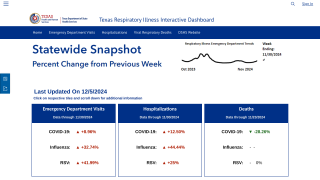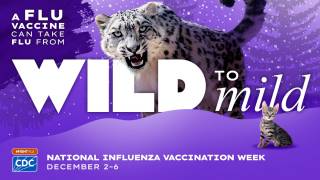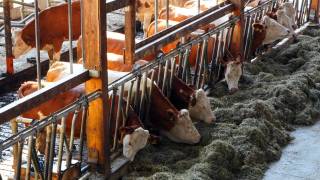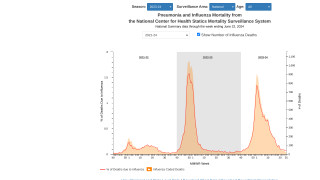Schedule a Flu Shot Before Visiting the Southern Hemisphere

The Southern Hemisphere's temperate countries are experiencing an earlier-than-expected start to the 2019 - 2020 flu season.
Worldwide, seasonal influenza A viruses have accounted for the majority of detections (59.7%), said the World Health Organization (WHO), published on June 10, 2019.
Of the subtyped influenza A strains reported as of May 26, 2019, 69.5 percent were H3N2 and 30.5 percent were 2009 H1N1.
The WHO’s Report #434 offered these country updates:
- In Australia, Influenza-Like Illness (ILI) and influenza percent positive increased and were higher compared to the same period in previous years. Influenza A(H3N2) was the most frequently detected virus, followed by influenza B. Influenza season started earlier also in New Zealand, with influenza A (H3N2) and B (Victoria-lineage) viruses detected in similar proportions. Decreased influenza detections of predominantly influenza A(H1N1)pdm09 viruses were reported in New Caledonia.
- In Southern Asia and South East Asia, influenza activity was low overall, with the exception of Bangladesh and Cambodia, respectively.
- In Eastern, West and Middle Africa, influenza activity was low across reporting countries.
- In South Africa, the 2019 influenza season also appeared to have started earlier than previous years. ILI and influenza detections continued to increase with influenza A(H3N2) viruses predominating.
- In the Caribbean, Central American countries, and the tropical countries of South America, influenza and RSV activity were low in general.
- In South America, a sharp increase of influenza positivity and ILI was reported in Chile, with influenza A(H1N1)pdm09 viruses most frequently detected. Influenza detections reports remained low in Argentina, Brazil, Paraguay, and Uruguay.
Recent flu news:
- Pharmacies Overwhelmed with Flu Shot Demand in Australia
- Northern Hemisphere Flu News Turns Positive
- Hospitalized Patients Need Flu Shots Too
One challenge to reducing the annual influenza virus’s impact is the composition of the flu shot.
A 2018 study showed that higher levels of mismatch have consistently occurred with egg-derived influenza vaccine viruses when compared with cell-derived vaccine viruses over multiple influenza seasons.
Furthermore, for more than half of the influenza seasons evaluated, there was little or no antigenic similarity between the circulating H3N2 virus and the egg-derived H3N2 virus used to produce egg-based influenza vaccines.
“One of the challenges in fighting flu is that the viruses can change their genetic make-up rapidly -- not only between flu seasons but also during the course of a single season,” said former FDA Commissioner Scott Gottlieb, M.D., in September 2018.
“As a result, the seasonal influenza vaccine needs to be evaluated annually to see whether its composition needs to be adjusted.”
To schedule a pre-flight flu vaccination, please visit Vax-Before-Travel. In the USA, most pharmacies offer various flu vaccines.
To help those without access to insurance programs, financial assistance programs can be found at Vaccine Discounts.
Our Trust Standards: Medical Advisory Committee

























